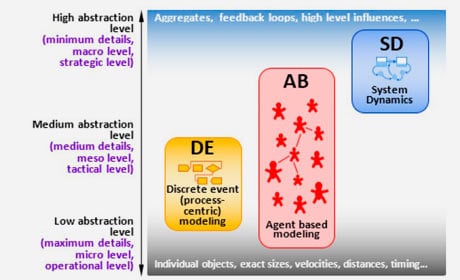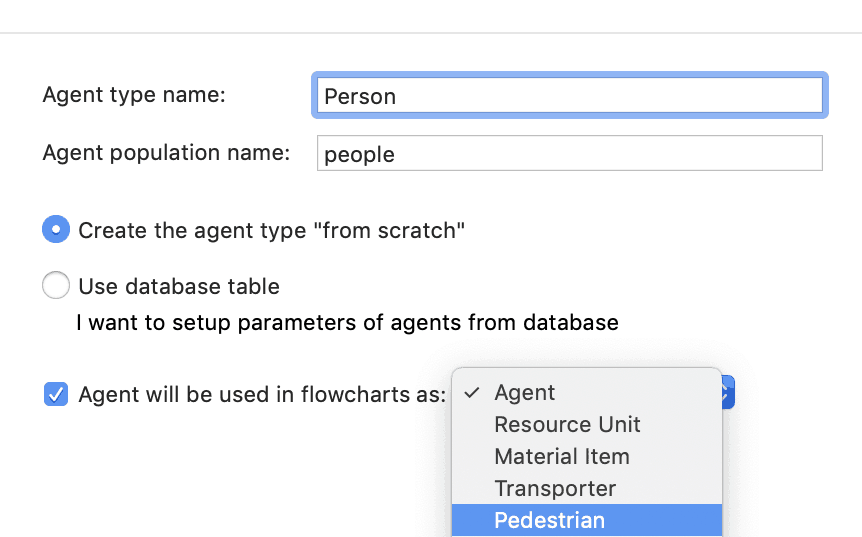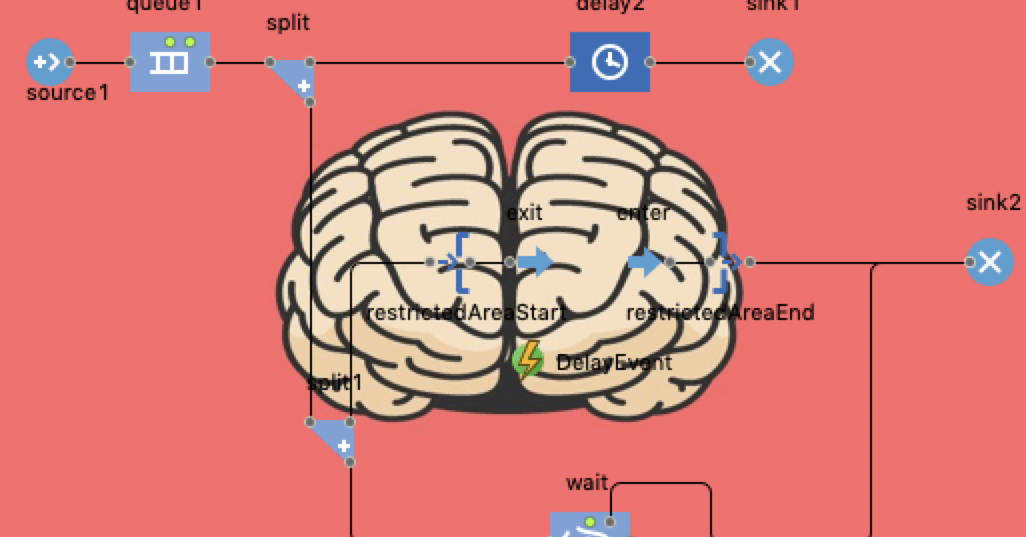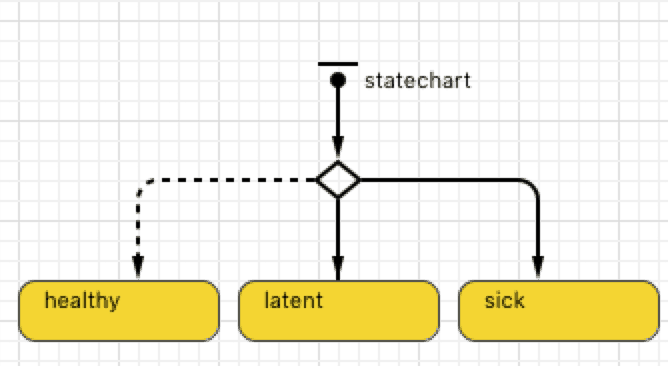Doing simulation models is an art that requires a set of skills that is quite vast. What I’m showing on this article is a composition of the skills I have needed for projects I have done or skill that were requested for projects I didn’t end up doing or even skills where I failed, leading to unpleasant […]
Here’s a little trick I use to generate dynamic batches, which are batches that are of dynamic size and where products that need to be batched come in a disorganized fashion. Let’s say for instance that we have to batch products in boxes, and each product has a label with the client and each box can contain[…]
Let’s go through this simple example that will allow an agent to move through a network, avoiding the use of deprecated constructors in AnyLogic 8.4. Create the network. This network will be necessary for an agent to follow the proper paths from point A to point B. All these functions can be run on startup of Main.[…]
There is something beginner AnyLogic users take for granted when they build a model. For instance, when using the Process Modeling Library, they use the Agent Type. On the other hand, when they build a model using the Pedestrian Library, they use a pedestrian type. Why? Because it’s there, naturally as part of the whole library. But[…]
Wether you use AnyLogic, Arena, Simio, FlexSim or any other simulations Software in the market, when you develop a model using the discrete-events paradigm, you will get access to a number of blocks that you can connect with each other to generate a flow with agents or entities flowing from one block to the next. In AnyLogic[…]
You are developing your discrete events model, and you see your agents moving from one block to the next. Simple right? But have you stopped for a moment to ask yourself why they are even moving? What is that thing that makes them move? If you ask a beginner, the answer will come from pure intuition: “Well,[…]
You just built a model, everything works perfectly well and suddenly you have a request for a change (minor or major). You make the change; run the model and things look good. But how can you be sure that the model is working well in all possible cases? The larger the model, the more difficult it is[…]
When you are a JAVA developer, it is common to use classes to work with objects. But AnyLogic provides Agents, that are basically predefined classes with several built-in functionalities to work with entities in a simulation model. A beginner user will always use agents because with them it is very easy to define everything graphically. But sometimes[…]
On this challenge I will show two little tricks and things you should think about when you are developing an agent based or hybrid model. In this particular case, we want to initialize 100 agents depending on the state of the other 99. Of course there may be other ways to develop the same model, but I[…]
Have you ever been in a situation where you want to generate a complex scenario in the simulation experiment but you have no idea how to do it? There are features in AnyLogic that require the simulation model to be on runtime mode in order to work and will not be available in the simulation experiment configuration[…]














